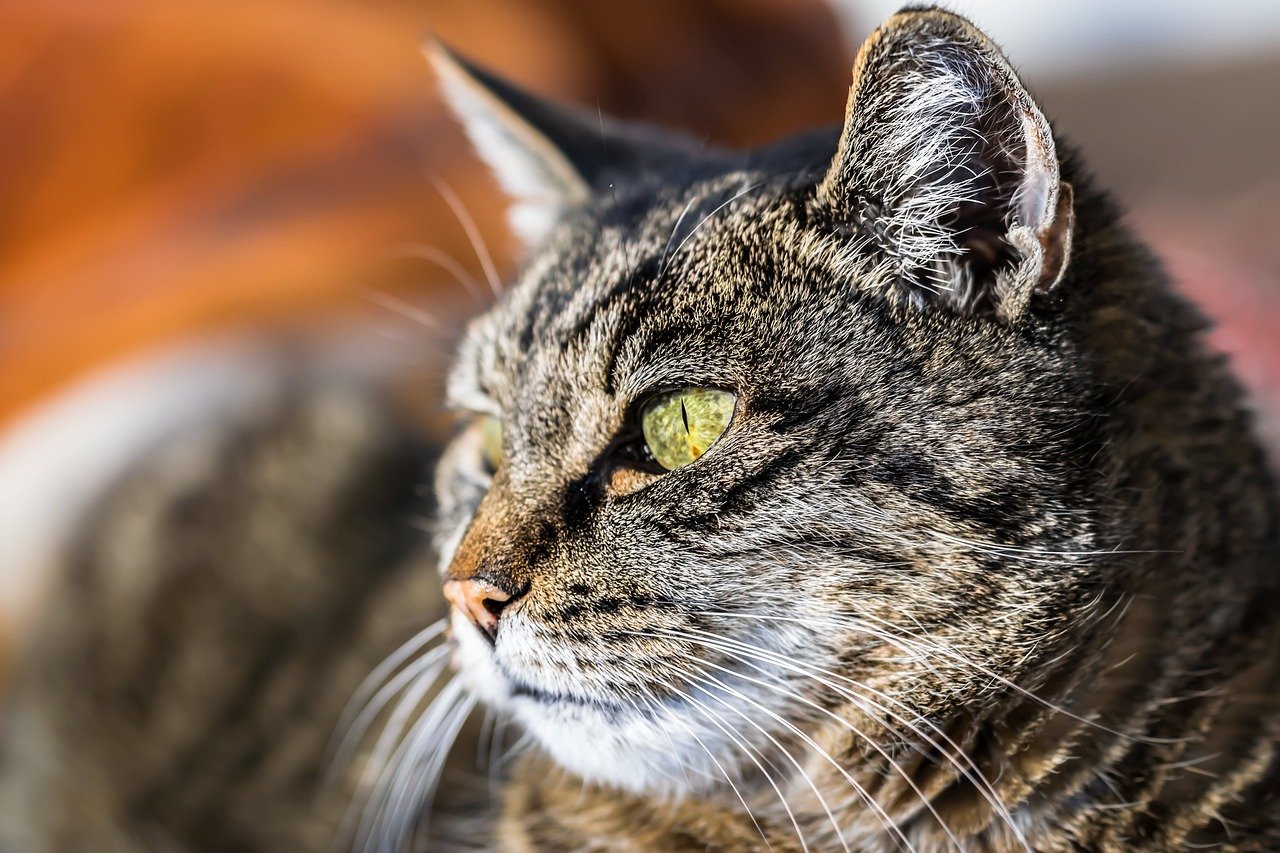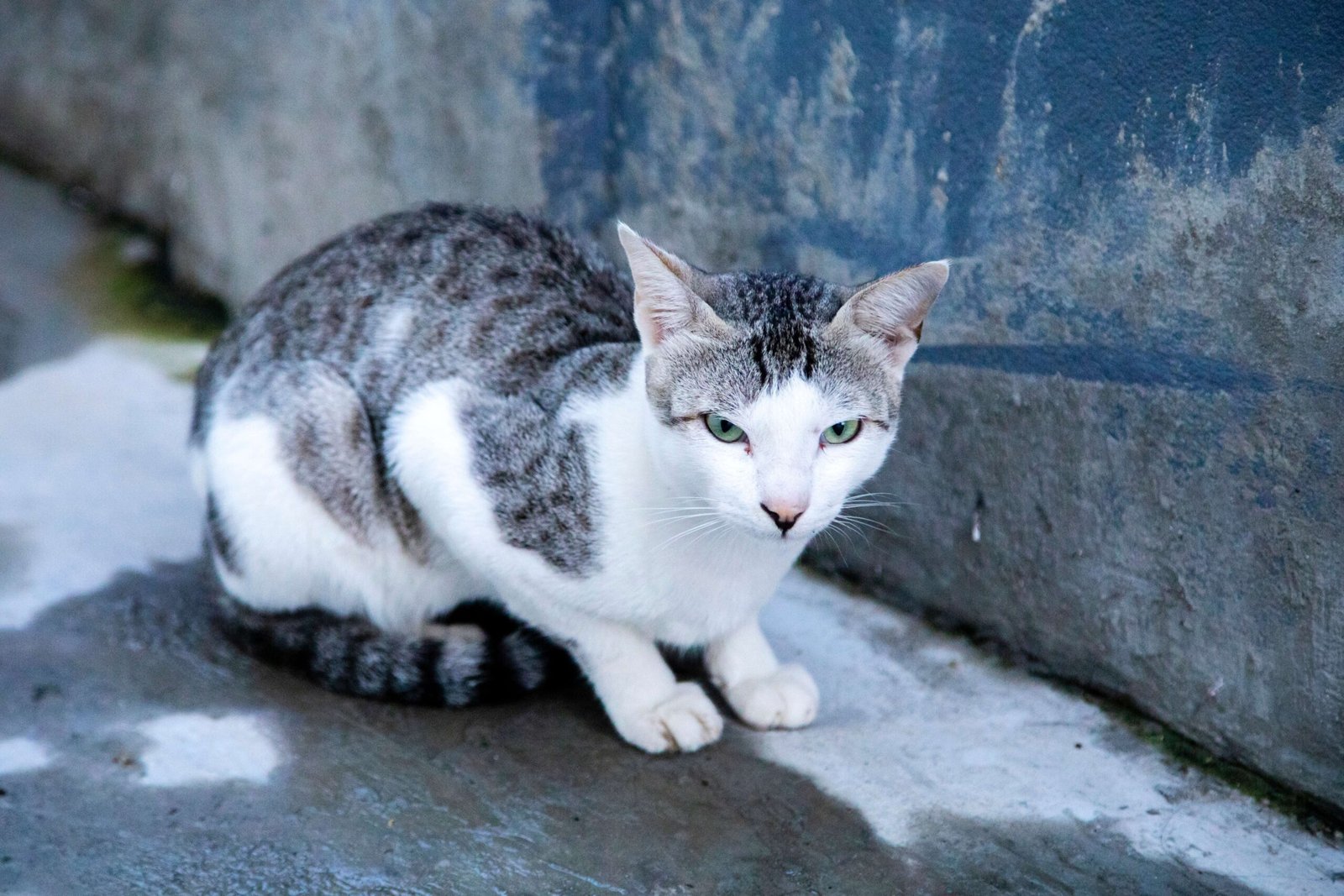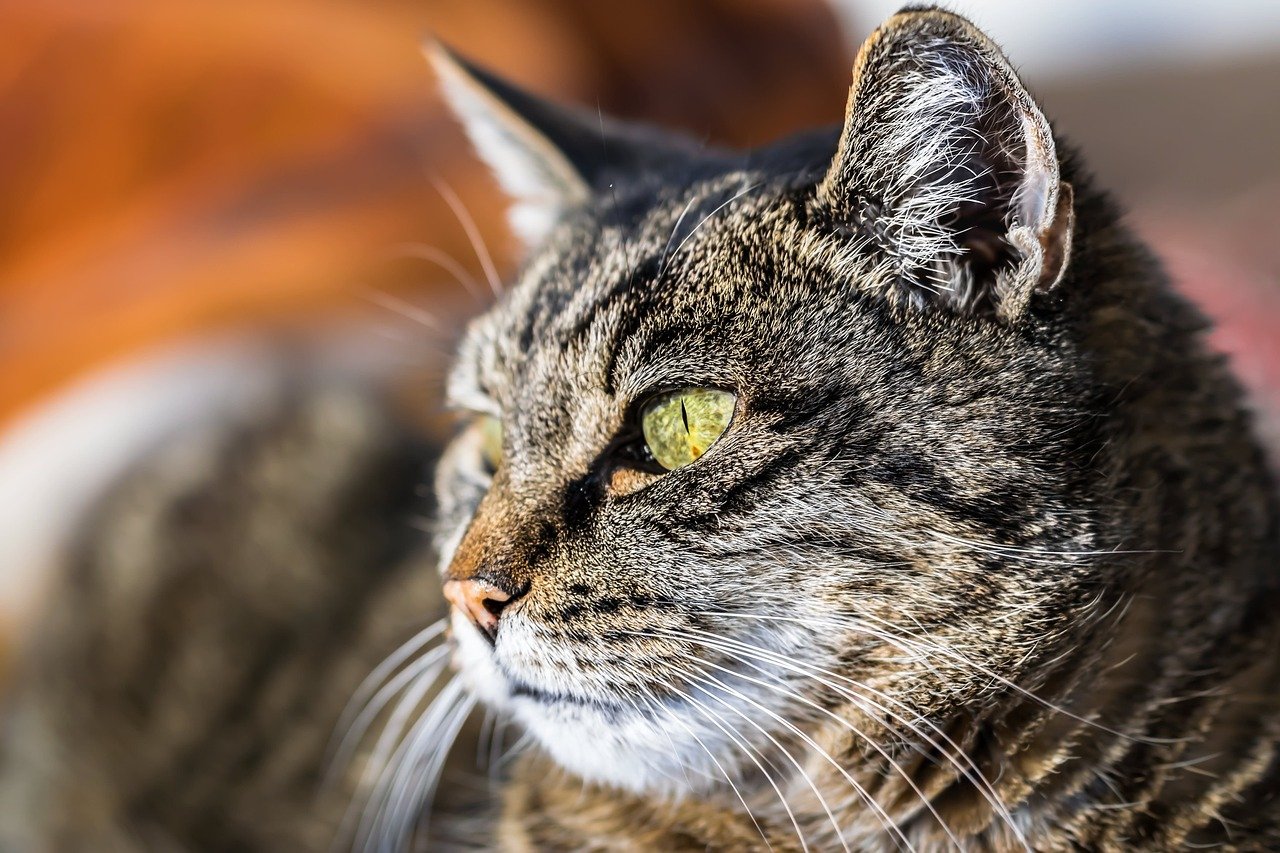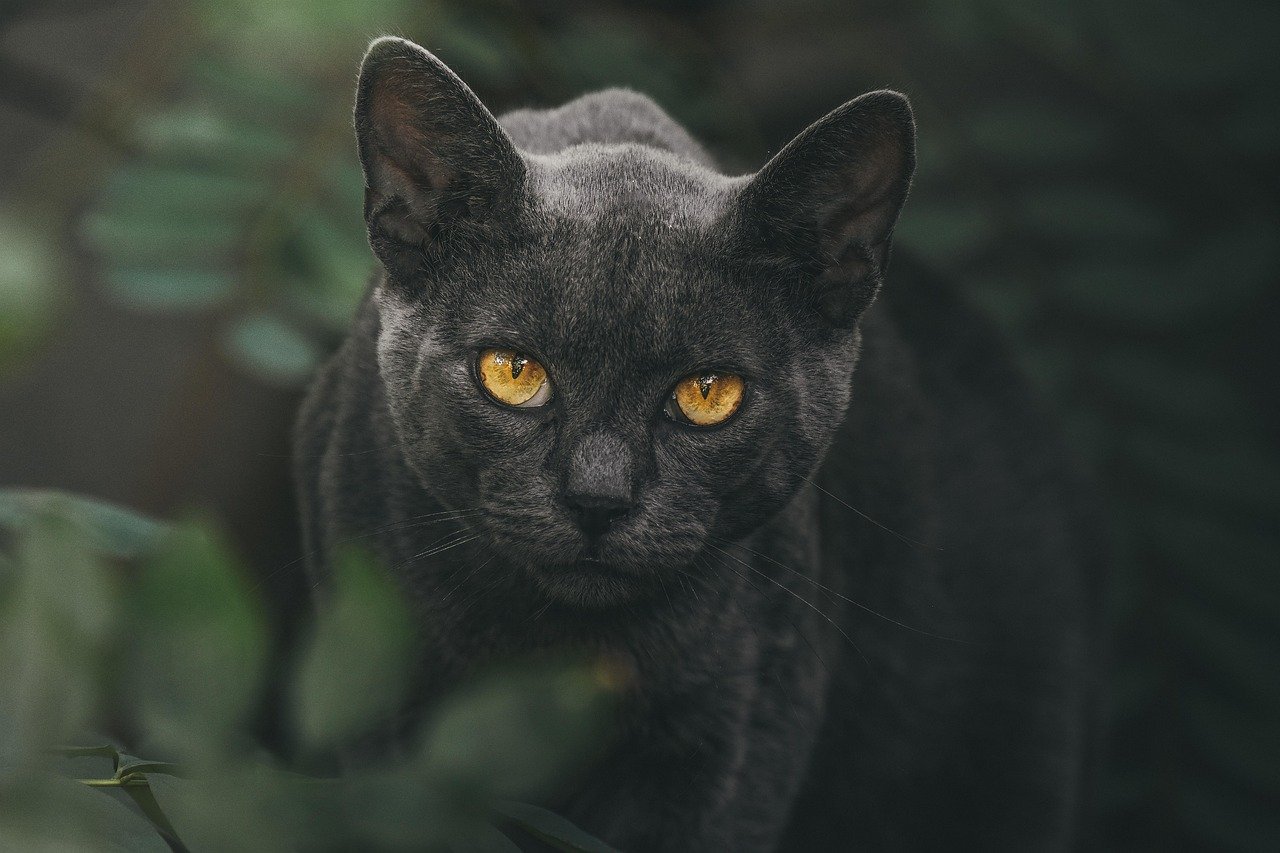Ever locked eyes with a cat and wondered what’s really going on behind those mesmerizing, unblinking stares? If you’ve ever felt like your cat is reading your soul or plotting some mysterious feline scheme, you’re not alone. Eye contact with cats feels intense, almost like a secret language—sometimes it’s warm and loving, other times it’s icy and intimidating. Is your cat challenging you, loving you, or just being weird? Let’s pull back the curtain on the truth about cats and eye contact and uncover whether those lingering looks are truly a power move.
The Mysterious World of Cat Communication

Cats are masters of subtlety. Unlike dogs, who wag their tails and bark with abandon, cats speak in whispers and glances. Their communication is a silent film, rich with body language and, yes, eye contact. When a cat meets your gaze, it’s not just a random act—it’s a message. Whether they’re trying to tell you “Feed me, human!” or “Back off!” depends on the context. Understanding these signals is key to unlocking the emotional life of your feline friend.
Why Do Cats Stare?

Have you ever caught your cat staring at you, unblinking, from across the room? It’s not just curiosity—staring is a powerful tool in a cat’s social arsenal. Sometimes, cats stare because they’re trying to figure out what you’re doing. Other times, it’s a way of keeping tabs on their territory. In multi-cat households, staring can establish pecking orders. The intensity of their gaze is no accident; it’s how they read the room and their people.
Eye Contact: Love or Threat?

Not all eye contact is created equal. In the wild, direct eye contact between cats is often a sign of aggression or dominance. At home, a cat that locks eyes with you could be challenging you—or simply curious. If your cat’s body is relaxed and their eyelids droopy, it’s probably a sign of affection. If their pupils are dilated and their tail is twitching, watch out! Learning to distinguish these cues will help you build a stronger, more trusting relationship.
The Infamous “Slow Blink”

Cat lovers know the “slow blink” as the feline equivalent of blowing a kiss. When a cat looks at you and slowly closes and opens their eyes, they’re saying, “I trust you.” This gesture is incredibly powerful in cat language. It’s an invitation to connect, a sign that your cat feels safe. Try slow-blinking back next time and watch your cat melt into a puddle of purrs.
Is Prolonged Eye Contact a Power Play?

Here’s where things get interesting. Some experts believe that prolonged, unblinking eye contact is a classic power move among cats. In multi-cat households, the dominant cat may use this tactic to assert authority. With humans, a cat may be testing boundaries or simply trying to get your attention. If your cat seems tense during these staring contests, it’s best to look away and give them space.
When Eye Contact Turns Into a Standoff

Ever had a staring contest with your cat? Spoiler alert: you’ll probably lose. Cats have perfected the art of the unblinking stare. If your cat refuses to break eye contact, they may be feeling threatened or anxious. This behavior is common in rescue cats or those with a history of trauma. The best way to defuse the situation is to blink slowly or avert your gaze, signaling that you mean no harm.
The Role of Pupil Size

A cat’s eyes can tell you a lot, especially if you pay attention to their pupils. Wide, dilated pupils usually signal excitement, fear, or aggression. Narrowed pupils, on the other hand, may indicate contentment or, sometimes, irritation. If your cat makes eye contact with wide pupils and a tense body, it’s time to back off. This subtle detail can make all the difference in understanding your cat’s mood.
Eye Contact During Playtime

Play is a big part of a cat’s life, and eye contact plays a surprising role. When your cat is ready to pounce, they’ll lock eyes with their target—whether it’s a toy or your unsuspecting toe. This laser focus is part hunting instinct, part communication. They’re telling you, “I’m ready to play!” Reading this signal can help you engage with your cat in ways that are fun and stimulating.
Eye Contact and Bonding

When a cat holds your gaze with a soft, relaxed expression, it’s a sign of trust. Cats don’t share eye contact lightly; it’s something they reserve for those they feel comfortable with. Over time, mutual eye contact can deepen your bond. You might even notice your cat seeking you out for a loving gaze during quiet moments. These silent exchanges are the foundation of a lasting friendship.
Why Some Cats Avoid Eye Contact

Not all cats are comfortable with eye contact, especially if they’ve had negative experiences with humans. Shy or traumatized cats may look away or blink rapidly when you meet their gaze. This isn’t a sign of dislike—it’s a coping mechanism. Earning a skittish cat’s trust takes patience. Start with gentle glances and slow blinks to show you’re not a threat.
Cats and Human Eye Contact: A Two-Way Street

It’s not just about what your cat is saying with their eyes—it’s also about how you respond. Staring directly at your cat for too long can feel intimidating to them, even if you mean well. Try softening your gaze, blinking slowly, and turning your head slightly. This tells your cat that you’re friendly and approachable, not a rival.
Can Eye Contact Reduce Stress in Cats?

Believe it or not, the right kind of eye contact can actually soothe a stressed-out cat. Slow blinks and gentle gazes help lower their guard and make them feel safe. Some studies suggest that cats who regularly receive positive eye contact from their humans are less anxious and more sociable. It’s a simple act with surprisingly profound effects.
Eye Contact and Training

Ever tried to teach your cat a trick? Eye contact is a powerful tool for training. When you have your cat’s attention, you’re halfway there. Use treats and encouraging words to reward eye contact during training sessions. Over time, your cat will learn that looking at you brings good things. It’s a small step that can make a big difference in your cat’s responsiveness.
How Kittens Learn About Eye Contact

Kittens are little sponges, soaking up social cues from their mothers and siblings. Eye contact is part of this early education. Mother cats use stares to discipline or comfort their kittens. As they grow, kittens learn when eye contact means “playtime,” “settle down,” or “I love you.” This early learning shapes how they interact with humans later on.
Eye Contact in Multi-Cat Households

If you have more than one cat, you might notice a lot of silent staring between them. This is how cats negotiate hierarchy and territory. A dominant cat may use a hard stare to keep others in line, while a submissive cat will look away or blink. Watching these interactions can teach you a lot about your cats’ personalities and relationships.
What About Big Cats?

House cats aren’t the only felines who use eye contact as a power move. Big cats like lions and tigers also use their gaze to communicate dominance, submission, or affection. Zookeepers often avoid direct eye contact with big cats to prevent misunderstandings. The next time your house cat gives you a regal stare, remember—they’re channeling their wild ancestors.
Eye Contact and Cat Health

Sometimes, changes in your cat’s eye contact habits can signal health issues. If your cat suddenly avoids looking at you, seems to stare blankly, or has trouble focusing, it could be a sign of vision problems or discomfort. Trust your instincts—if something seems off, a visit to the vet is always a good idea.
When Eye Contact Means “Feed Me”

Let’s be honest—sometimes, a cat’s stare is all about food. If your cat sits by their bowl and locks eyes with you, they’re sending a clear message. This isn’t dominance or affection; it’s a polite (or not-so-polite) request for dinner. Over time, you’ll learn to recognize the difference between a “feed me” stare and other types of eye contact.
Can You Use Eye Contact to Communicate With Your Cat?

Absolutely! Eye contact is a two-way street. By learning to read your cat’s signals and responding appropriately, you can create a silent conversation. Try slow-blinking, averting your gaze when your cat seems tense, and reserving direct eye contact for relaxed moments. Your cat may surprise you by initiating more eye contact as trust grows.
Personal Stories: Tales of Cat Stares

Ask any cat lover and they’ll have a story about a memorable cat stare. Maybe it was the moment a shy rescue cat finally made eye contact, or a hilarious standoff over who would blink first. These little moments are at the heart of our connection with cats. Every stare is a tiny leap of faith—a bridge between species, built one blink at a time.
How Should You Respond to Your Cat’s Gaze?

When your cat looks at you, consider what they might be feeling. Are they relaxed, curious, or tense? Respond with soft eyes, slow blinks, and gentle energy. Avoid staring back if your cat seems uncomfortable. Remember, every cat is different, and learning their unique language is part of the joy of sharing your life with a feline friend.
Hi, I’m Bola, a passionate writer and creative strategist with a knack for crafting compelling content that educates, inspires, and connects. Over the years, I’ve honed my skills across various writing fields, including content creation, copywriting, online course development, and video scriptwriting.
When I’m not at my desk, you’ll find me exploring new ideas, reading books, or brainstorming creative ways to solve challenges. I believe that words have the power to transform, and I’m here to help you leverage that power for success.
Thanks for stopping by, Keep coming to this website to checkout new articles form me. You’d always love it!






